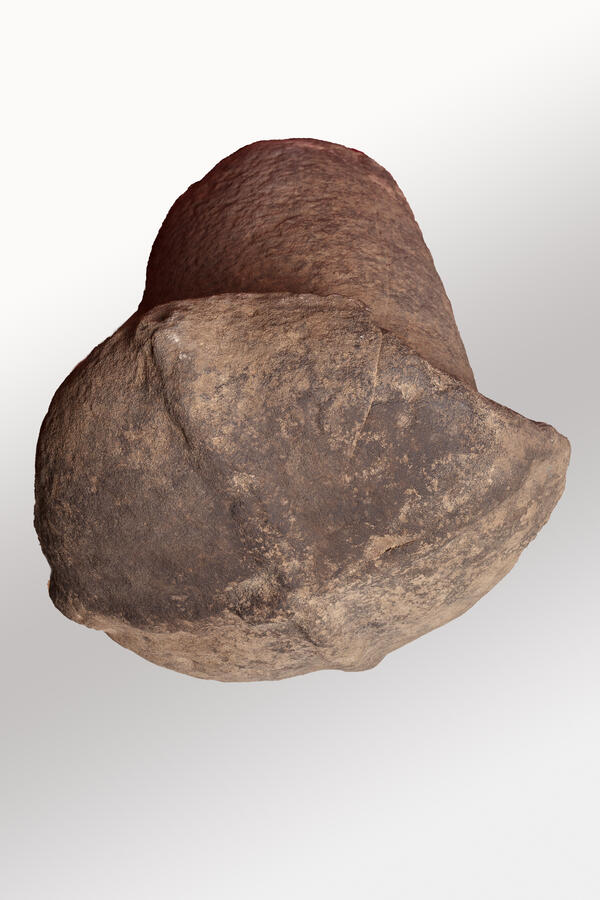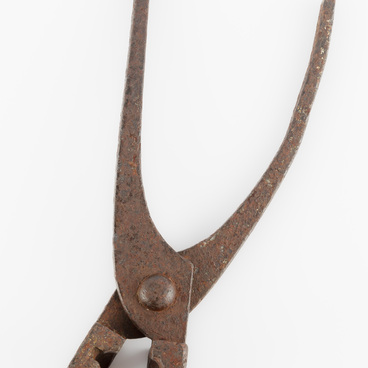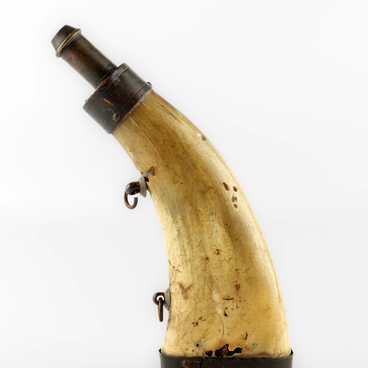All researchers consider dolmens to be burial structures. In many dolmens, the remains of people, animals with attributes of ritual burials were found.
The study of dolmens in the Caucasus officially started in 1818. That year, the geographer K. Tausch and the Frenchman, who served in the Russian army, Tebu de Marigny, discovered and described a group of dolmens in the Pshada River basin. Later, the Pshada dolmens were described in more detail by the director of the Kerch Museum, Anton Baltazarovich Ashik. The first systematization of the Caucasus dolmens was carried out by the Caucasian ethnographer Leonid Ivanovich Lavrov. And one of the most prominent researchers of dolmen culture is Vladimir Ivanovich Markovin.
Dolmens still attract the attention of researchers and raise many questions among scientists. How and where did the builders extract huge blocks of sandstone of the required size? How were these heavy blocks transported to the place of construction? What tools were used to process stone blocks? How did they make sure that the block would fit perfectly? How were the relief patterns made? Why was such advanced technology not used in the construction of houses? There have been no answers yet, but scientists formulate various hypotheses.
The study of dolmen parts allows researchers to understand how these structures were built and what function the hole in the dolmen’s facade slab performed. The Gelendzhik Museum has a collection of plugs (stoppers) used in ancient times to seal holes in the front chambers of dolmens. The size of each plug is unique: it was created for a specific structure and did not fit any other dolmen. In its own way, it was an ancient “key”.
The stopper with the “cross” petroglyph entered the museum in 2009. It was donated by the head of an archaeological expedition, Viktor Anatolyevich Trifonov. The plug was discovered during excavations of the Rastegaev dolmen group in the valley of the Achibs River in the village of Vozrozhdeniye.
Perhaps the “cross” is a symbol of a seal, used for “sealing” the entrance to another world. Such images are rare for the dolmen monuments of the Northwest Caucasus. Unlike the builders of the Egyptian pyramids, dolmen builders rarely decorated their structures.
The study of dolmens in the Caucasus officially started in 1818. That year, the geographer K. Tausch and the Frenchman, who served in the Russian army, Tebu de Marigny, discovered and described a group of dolmens in the Pshada River basin. Later, the Pshada dolmens were described in more detail by the director of the Kerch Museum, Anton Baltazarovich Ashik. The first systematization of the Caucasus dolmens was carried out by the Caucasian ethnographer Leonid Ivanovich Lavrov. And one of the most prominent researchers of dolmen culture is Vladimir Ivanovich Markovin.
Dolmens still attract the attention of researchers and raise many questions among scientists. How and where did the builders extract huge blocks of sandstone of the required size? How were these heavy blocks transported to the place of construction? What tools were used to process stone blocks? How did they make sure that the block would fit perfectly? How were the relief patterns made? Why was such advanced technology not used in the construction of houses? There have been no answers yet, but scientists formulate various hypotheses.
The study of dolmen parts allows researchers to understand how these structures were built and what function the hole in the dolmen’s facade slab performed. The Gelendzhik Museum has a collection of plugs (stoppers) used in ancient times to seal holes in the front chambers of dolmens. The size of each plug is unique: it was created for a specific structure and did not fit any other dolmen. In its own way, it was an ancient “key”.
The stopper with the “cross” petroglyph entered the museum in 2009. It was donated by the head of an archaeological expedition, Viktor Anatolyevich Trifonov. The plug was discovered during excavations of the Rastegaev dolmen group in the valley of the Achibs River in the village of Vozrozhdeniye.
Perhaps the “cross” is a symbol of a seal, used for “sealing” the entrance to another world. Such images are rare for the dolmen monuments of the Northwest Caucasus. Unlike the builders of the Egyptian pyramids, dolmen builders rarely decorated their structures.



